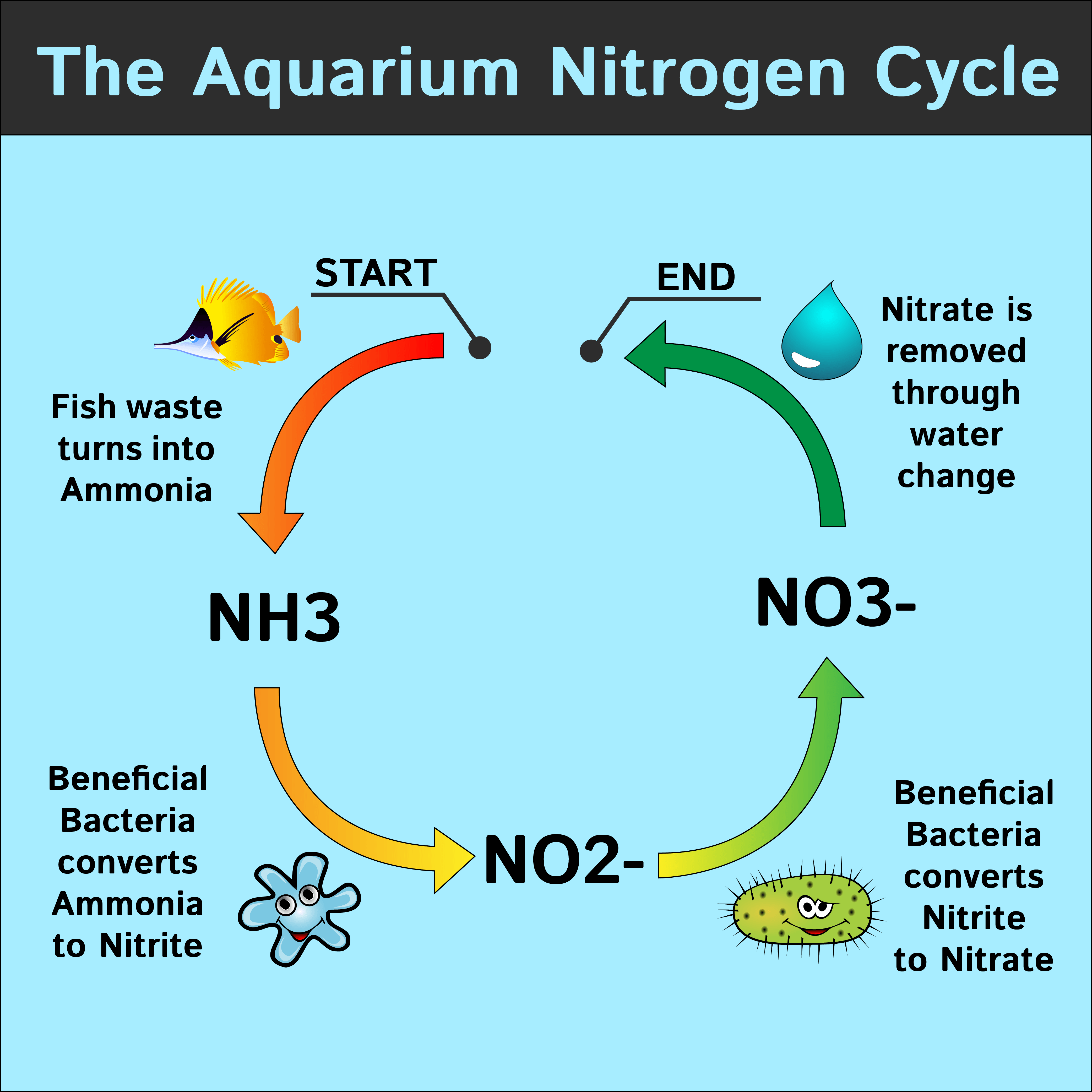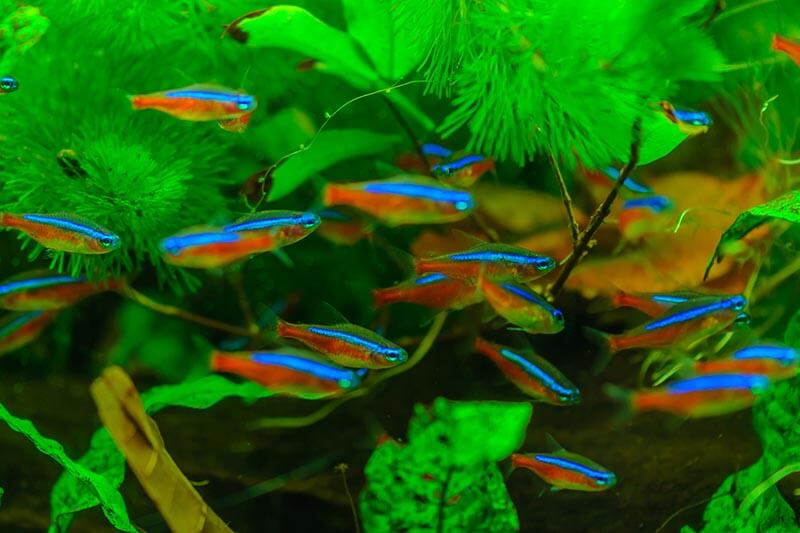

However, due to freshwater and arable land shortages, shifts in opinions about Is due to high initial investments, high annual production costs, and other technical The aquaponic industry is in its infancy, and the hindrance of its commercialization


Often, commercial producers will rely on aĬombination of system designs for production. Waste, the plants clean the water that returns to the fish with the help of bacteria.Īquaponics splits into three different design schemes: nutrient film technique (NFT), The beauty in aquaponics is the reliance on mutualism betweenįish, bacteria and plants present in the system. Systems are recirculating aquaculture systems (RAS) combined with soilless plant production The final topics covered are plant to fish ratios, tasks for upkeep and a troubleshootingĪquaponics is a soilless farming technique that dates back to 1400 A.D. Additionally, the fact sheet coversĪlgae management, fish acclimation, fish stocking, fish species and feeding rates. In nitrification, water quality management such as ammonia, nitrite (NO 2-), nitrate (NO 3-), pH, temperature and dissolved oxygen levels. The fact sheet also touches on bacteria involved The purpose of this fact sheet is to provide information on nitrogen cycling withĪnd without fish in aquaponic systems.


 0 kommentar(er)
0 kommentar(er)
